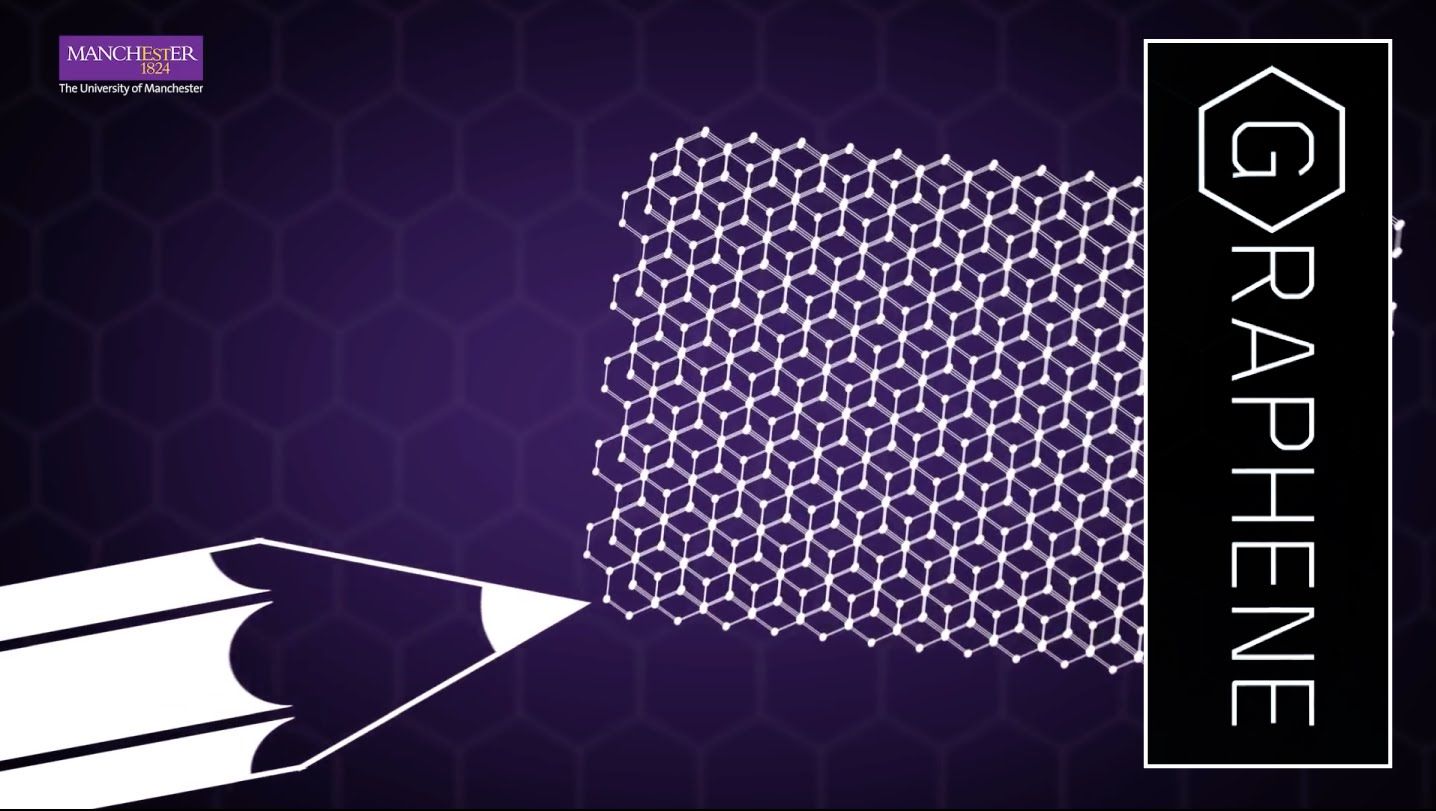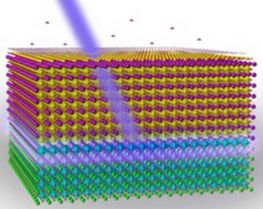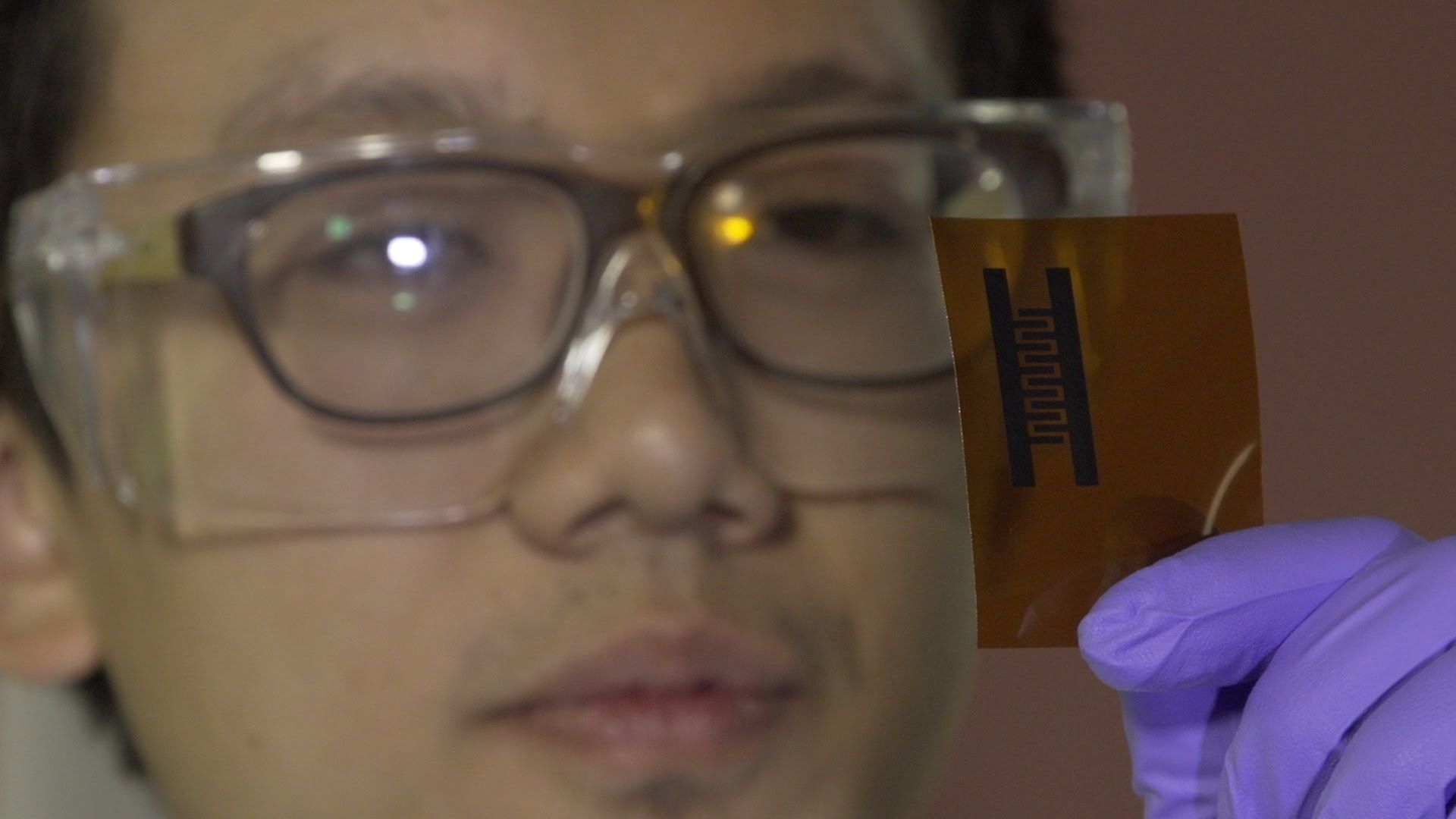Dec 25, 2015
Scientists have invented a new glass coating for omnidirectional solar panels
Posted by Shailesh Prasad in categories: materials, solar power, sustainability
Catching sunlight at every angle.
One of the limitations of current solar panel technology is the panels need to be facing in a certain direction to make the most of the Sun’s rays, otherwise the amount of energy they can absorb drops off dramatically. A newly invented material could make the direction of solar panels much less of a concern in the future.
The material has been produced by electrical engineers at the King Abdullah University of Science & Technology (KAUST) in Saudi Arabia and Taiwan’s National Central University. Not only does the glass coating they’ve come up with soak up sunlight from multiple angles more effectively, it’s also able to keep itself clean — the newly treated panels were able to maintain 98.8 percent of their efficiency after six weeks outdoors.
Continue reading “Scientists have invented a new glass coating for omnidirectional solar panels” »

















